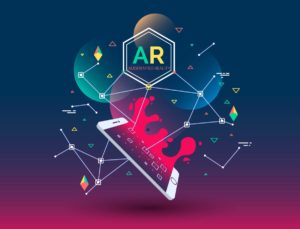Machine learning (ML) is the study of computer algorithms that improve automatically through experience and by the use of data. It is seen as a part of artificial intelligence. Machine learning algorithms build a model based on sample data, known as “training data”, in order to make predictions or decisions without being explicitly programmed to do so. Linear algebra helps in creating better machine learning algorithms You can use your learning of linear algebra to build better supervised as well as unsupervised machine learning algorithms. Logistic regression, linear regression, decision trees, and support vector machines (SVM) are a few supervised learning algorithms that you can create from scratch with the help of linear algebra.
In this course, we are going to understand what machine learning is, the core of linear algebra, and how we can optimize our ML solution using different linear algebra techniques. Further in the course, we’ll learn about the regression models, the reason behind optimizing techniques, and the classification models. We’ll also go through the topics, imbalance classification, and the ADASYN technique. Finally, after learning about dimensionality reduction and its needs, we’ll work on a project.
After the course completion, you’ll master linear algebra and modeling, and eventually machine learning. You will know how you can boost your model performance with different boosting techniques in machine learning. You’ll also know how clustering helps different sectors in industries.





